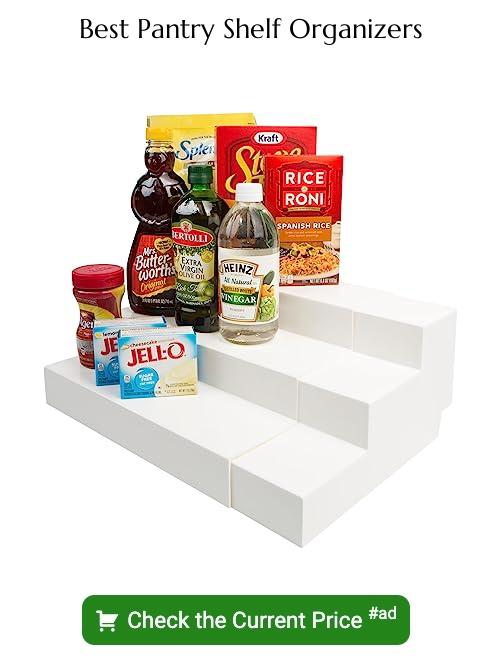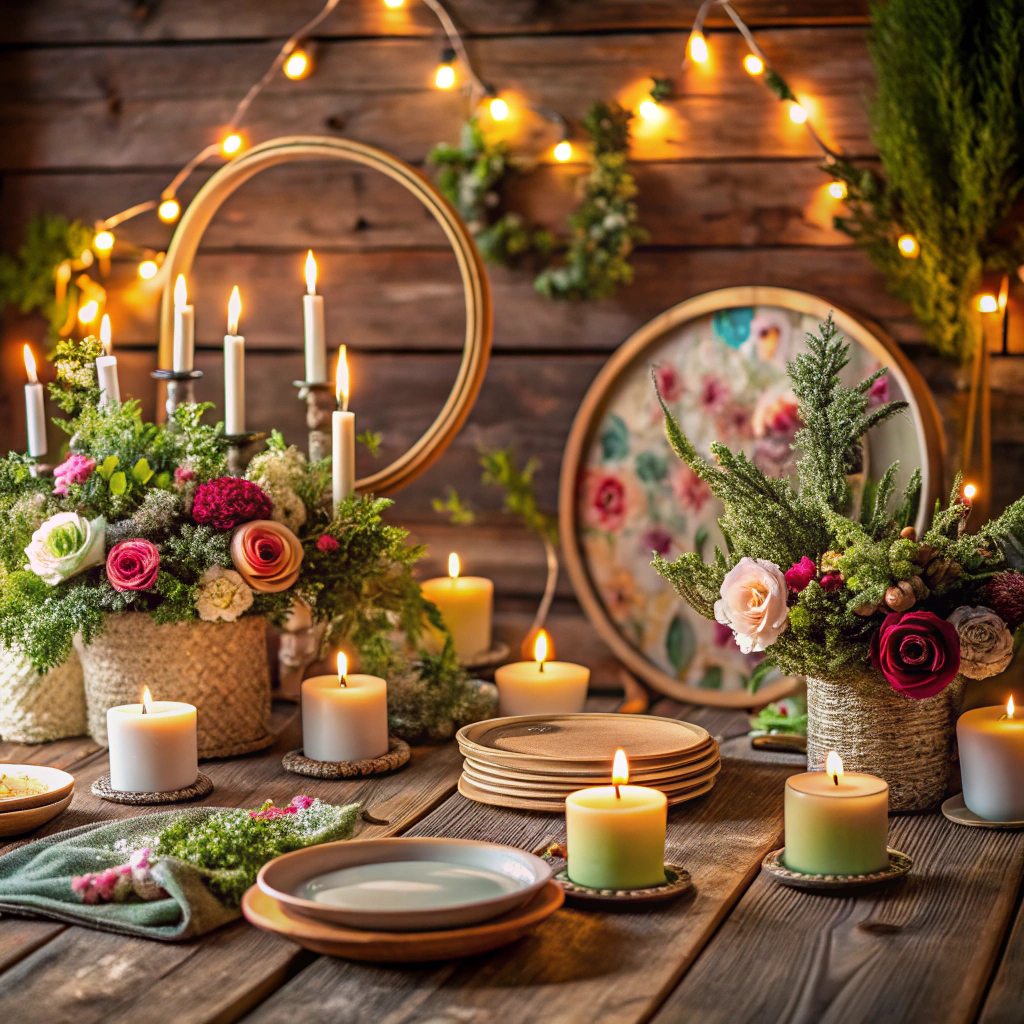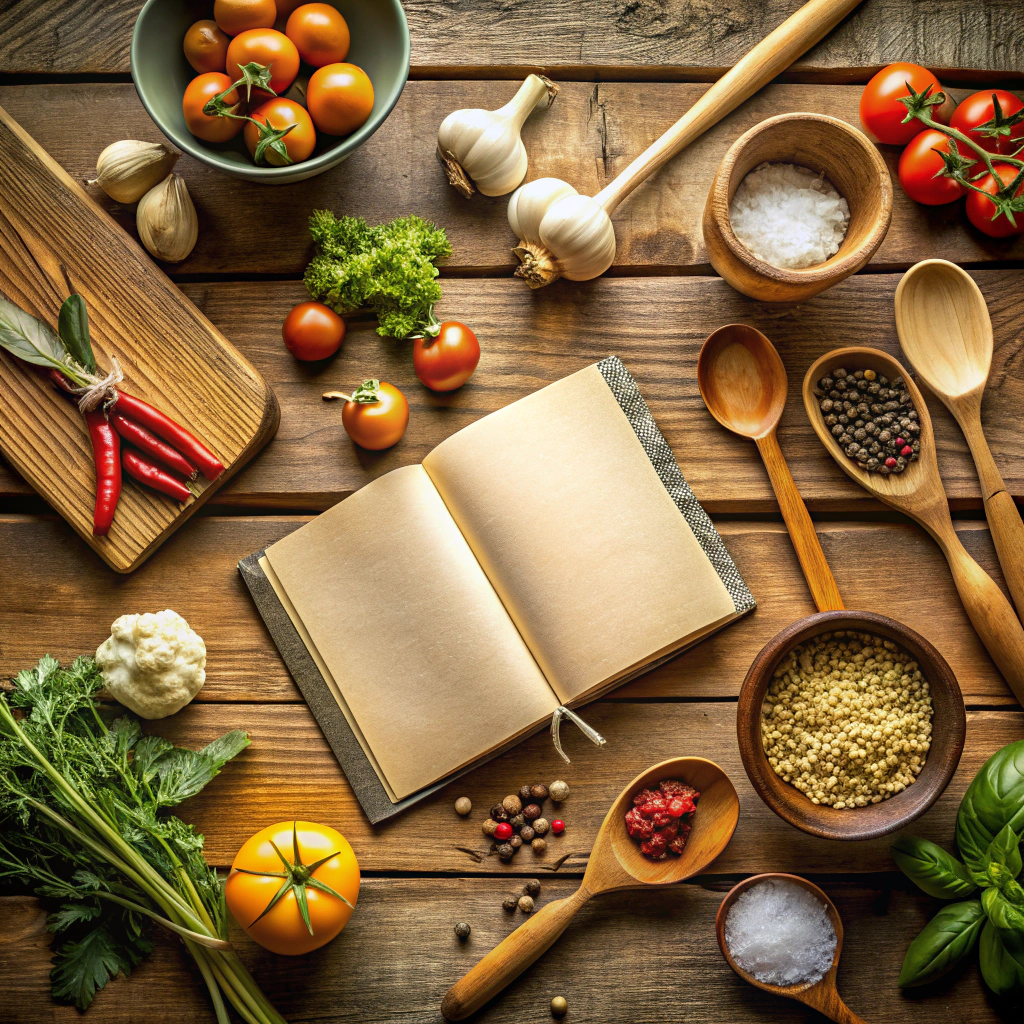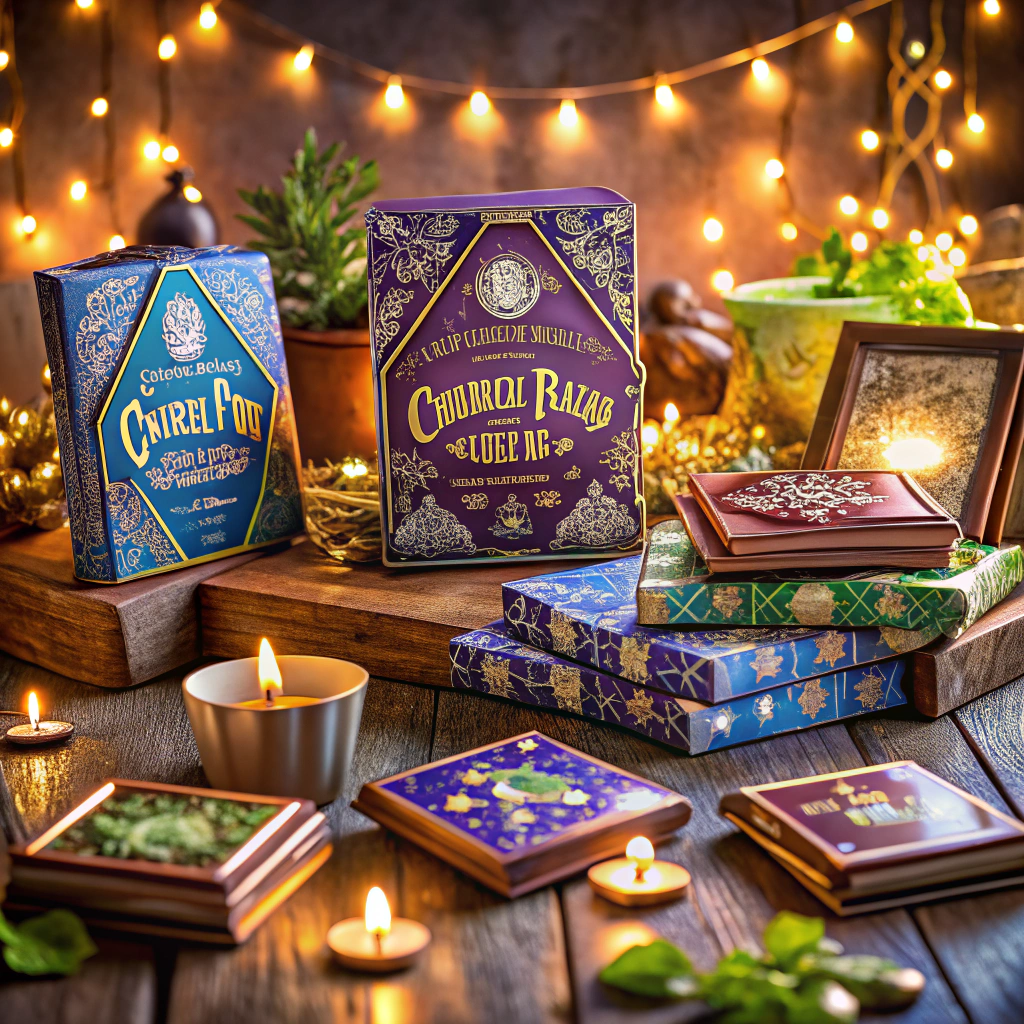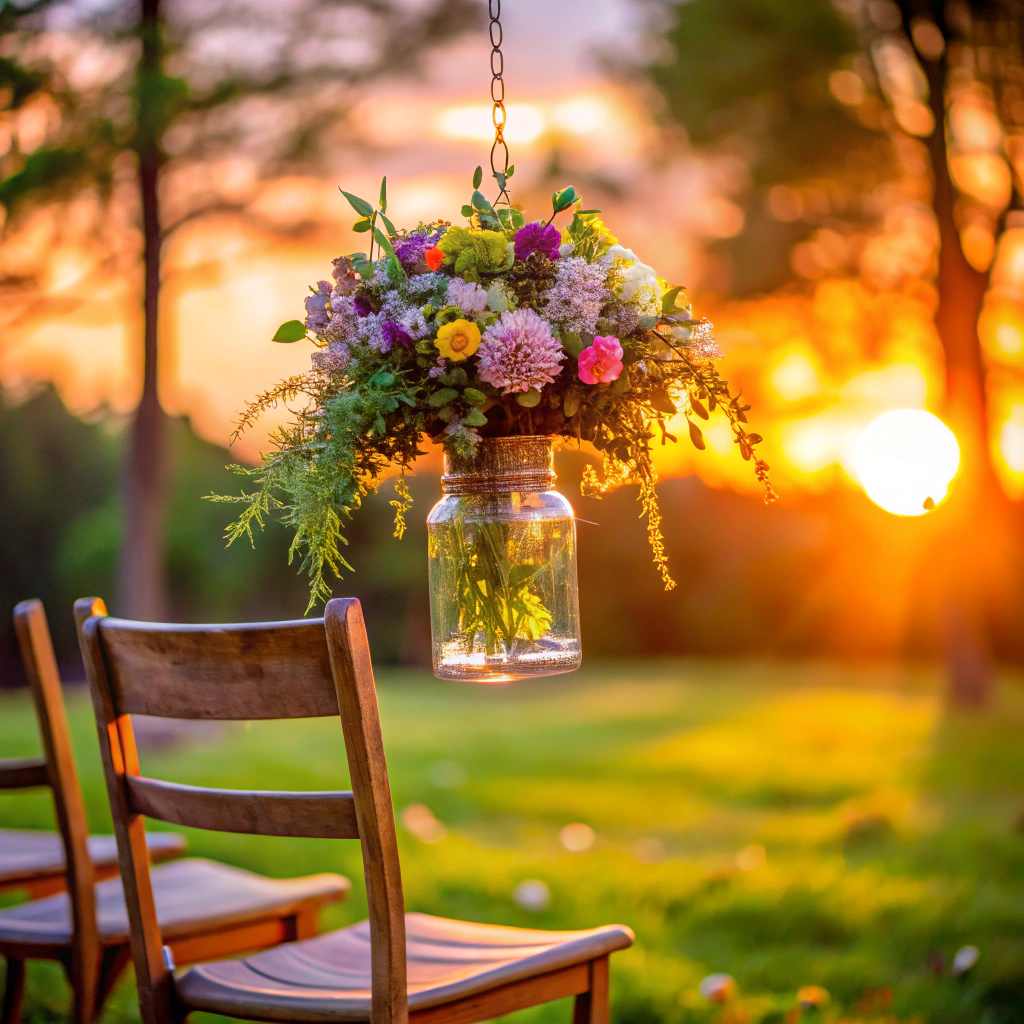Last updated on
In short, your pantry shelves should be 16 to 20 inches deep. But the devil is in the details, so read on to find out all considerations you need to take.
The depth of your pantry shelves should be determined by the size of the items you store on them. If you store canned goods, then a deep shelf is necessary to accommodate the height of these items. Pantry shelves should be deep enough to accommodate the height of stored items too.
Before Installing a Pantry
You should choose matching kitchen shelving, according to the items you use every day so it becomes inconvenient when placing or searching for them in the pantry. Here are some considerations when selecting or building shelving.
Kitchen Pantry Shelving Organization
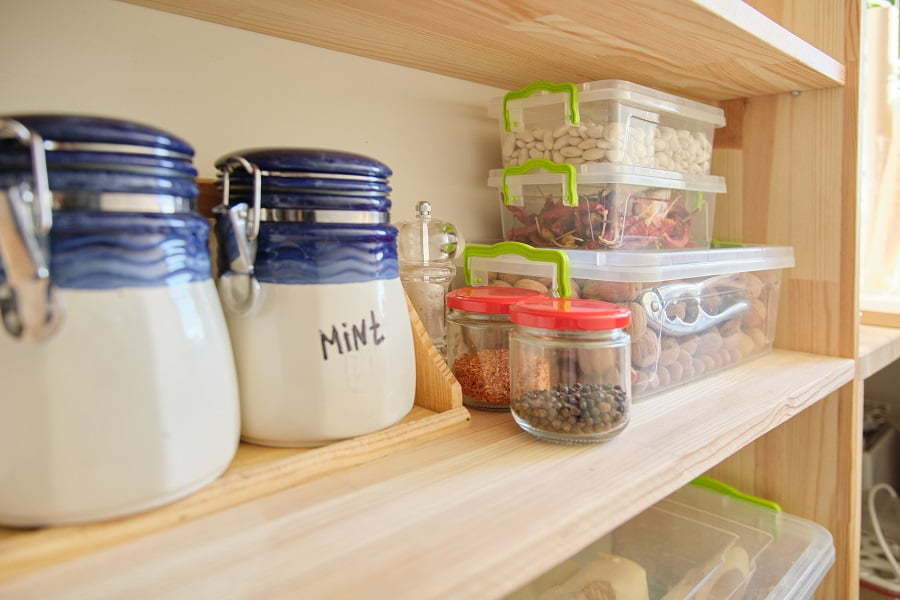
To determine the right pantry shelf depth you need to make sure you organize everything purposefully.
If you want to organize your kitchen and scatter where everything can be, here are suggestions. This compact space includes the important features of a larger pantry that include heavy-duty shelves and places for you to do work. Also, this place is well-lit with built-in panels, triple-labeled doors, and stone flooring.
What Do You Store in Your Pantry?
Before running to the store to stock up on pantry items consider what goes into it. It is best to start fresh, especially from the day you move into a new home.
Groceries. Start figures out what you want to be stashed—or peg in—right there, whether it’s a lifetime of vanilla, blender, books cookbooks, grandmother possess soup tureen, ladder folding, or forks fondue unearth once a year. Don’t wait; shelve niches are in—plan for inventory and outlets first.
Extra Cookware. A recent activity that has garnered plenty of interest is the substitution of extra cookware for unused items. Use an open shelf to create a colorful display of cookware and pans by purchasing more cake pans, glass dish sets, or platters. Going shopping is one measure of how many people want to put décor over the drainers because they do not find it necessary for crockery and pans.
Countertop Appliances. You forgot that you had several kitchen appliances and forgot to bring them with you to the store. It would help if you took these back now that you realize they are home before it’s too late. You should bring a number of your kitchen appliances to the store now that you remembered them before it’s too late.
Big Items. They have a step stool, an ice cream maker, and enough kibble to feed a kennel are large. Got a step stool, an ice-cream maker, and enough kibble to feed a kennel?
Ideal Placement for Pantry Shelving
Selecting the best location for your pantry shelves depends on whether you have a chance for a gut reno or not and if logistics are appropriately taken care of. This will change the way you think about shelf depth too. Depending on the situation, some make do with what they have. The ideal spot for your pantry shelving is cool, dry, and convenient.
Repurpose Space
Instead of removing a wall, try to widen the kitchen and dining room by moving the wall. Instead of tearing down walls to open up kitchens and dining rooms, consider moving some interior walls to create a pantry or other space.
Use a Recess
Shelves or cupboards can be placed near the preparation space or close enough to the studs, depending on what is desired.
Bump Outs
Bump-outs are located outside of the structure and are often seen as large additions on the back or side of an older colonial-style home. A bump-out often includes a closet, half bath or mudroom adjacent to the kitchen.
Basement Space
Open, wire shelves can hold everything in a basement and are easy to access. If you want your shelves in a place where they are a built-in ladder too, hang boxes on the stair steps.
Shelving Options
There is a wide variety of shelves that can be used in organizing things on or off of the shelf depending on their size and materials. In deciding if something can go on a shelf, consider the weight, thickness, and whether or not it is breakable.
A walk-in pantry is most commonly about 25 square feet and consists of U-shaped shelves. It may also have a countertop to finish.
Plywood is the go-to material for shelves; however, if you are careful, other materials can work as well.
If you don’t like clutter in your eyesight, install cabinets instead of shelves.
Doors should run along the same plane, so doors do not interfere with door jams, and doors inside the pantry do not interfere with each other.
Space Between Shelves
Enough space between shelves should be allocated before selecting a material for the shelves. One way to do this is by searching online for sagulator to see how far the shelf can stretch before bowing in order to accommodate heavy books and food.
Depth and Reach
Typically 5 feet wide and 2 feet deep, a reach-in is also known to be as shallow as 16 inches and can fit along a recessed wall.
Pantry Size
Think about what space that you have, and what size your pantry needs to be. You want to maximize your space; in order to do that, you should purchase sliding or recessed doors with pockets so that they don’t block the main walkway when they’re closed. You can also omit the doors, just make sure that it is not blocking the pathways and such when left open. When deciding where shelves go consider tall items like cans.
Wall-to-Wall Pantry
Wall-to-wall pantry with slanted barn doors have a lot to offer in areas where windows are not present, so if this medium is all that can be utilized at your home, proceed with design considerations for the appearance of your space’s focal point.
Open Shelves
Open shelves lack uniformity and are typically 14″ or 18″ deep. Pro organizers find that the best way to store necessary items your pantry well is to have a uniform depth of no more than 14″.
Pantry Cabinet Options
Should your kitchen have space constraints or need help with its furniture, there are many options for you to choose from. One choice is a cabinetmaker’s type that blends in with others in your kitchen, and you do not have to sacrifice on style. The pantry-style cabinets come as higher quality furniture which is essential for any kitchen.
There are options if you want to bring more storage space into your kitchen but do not want a large empty space to fill.
Narrow Slide-outs
After a lot of searching and scouring, I came across an article about how average people could putridly transform their kitchen. I can’t seem to be able to pin-point the magic to the idea that really stuck with me. But when I installed it in the cat’s nook in my kitchen, it was like a whole new game but this time I’m winning!
Under Stairs
Under-stairs storage and other found spaces are well-suited for the older houses, as they usually have enough space for a little extra furniture like your hamper or shoe cabinet.
Freestanding Pantry
There can be a positive impact of household items such as kitchenware or canned goods stored in an unpainted work to keep them more easily accessible.
The easiest way to organize your meals, drinks, paper goods and cleaning products is by installing a freestanding pantry hutch. This will grant you the extra cabinet space for taller items and allow you to put door stoppers on the doors for stability.
Decorative Door
Finally, you can use a decorative pantry door as a decor accent (think of it as a cherry on top of the cake.)
Recap:
